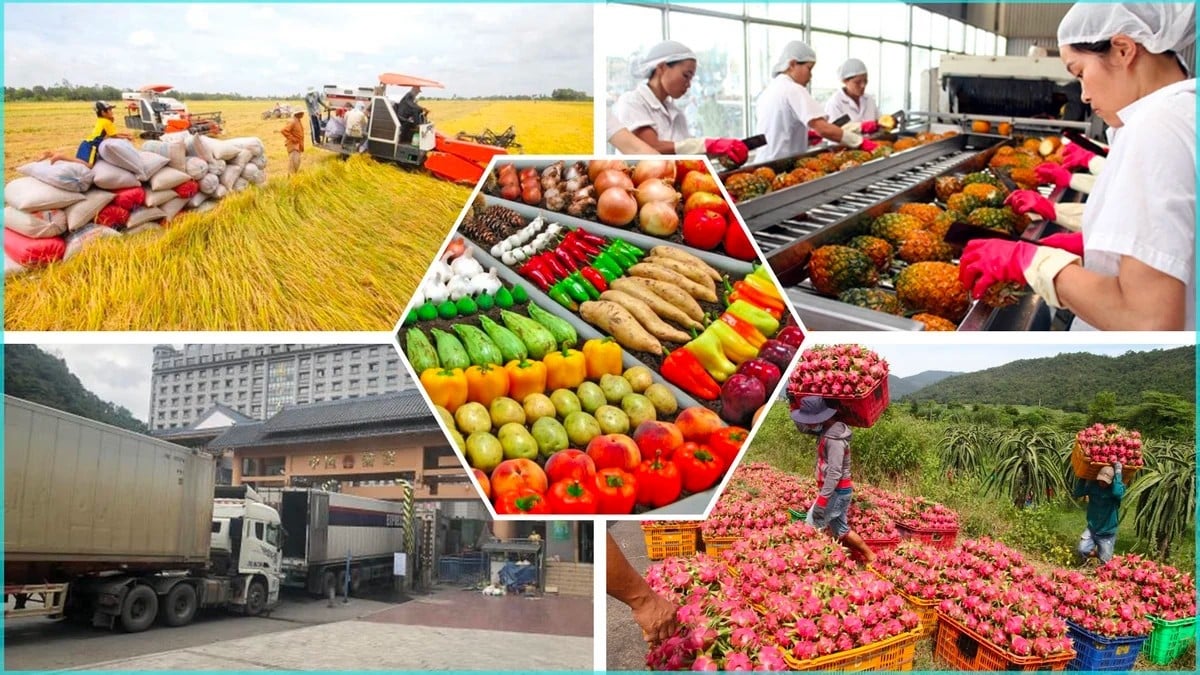The domestic market is not yet strongly developed.
According to Mr. Ngo Sy Hoai, Vice President and General Secretary of the Vietnam Timber and Forest Products Association, nearly 40% of the furniture products that the US is importing from sources around the world are from Vietnam. Most of the furniture in US real estate worth from 200,000 to 500,000 USD comes from Vietnam. Currently, Vietnam and China are the main markets supplying large-scale furniture products to the US. Therefore, wood businesses expect the progress of Vietnam - US trade negotiations and "leniency" from the US government.
 |
| Mr. Ngo Sy Hoai, Vice President and General Secretary of the Vietnam Timber and Forest Products Association. (Photo: doanhnghiephoinhap.vn) |
Regarding the domestic market, Mr. Hoai said that the current scale is only about 5 billion USD and although it can double in the next 5 years, it is still quite small compared to export demand. In rural areas, the country has 340 wood craft villages, many of which have successfully bid to bring their products to urban markets. However, Vietnamese consumer habits make it difficult to consume mass products, which is clearly different from the US market.
Sharing the same view, Prof. Dr. Nguyen Mai, Honorary President of the Association of Foreign Investment Enterprises (VAFIE), commented: Vietnam with a population of 100 million is an attractive market for both domestic and foreign enterprises. However, the current domestic market development policy has not really been focused on. Mr. Mai emphasized that the "prioritizing Vietnamese goods" approach from 15 years ago is no longer suitable in the context of Vietnam entering the group of upper middle-income countries. If the transport infrastructure is not synchronously improved, stimulating domestic consumption will face obstacles.
In addition, many experts also pointed out other “bottlenecks” such as difficulties in building brands and agricultural product distribution systems. Currently, many modern distribution channels such as supermarkets are held by foreign enterprises, making it difficult for Vietnamese agricultural products to gain a foothold.
 |
| Illustration photo. (Source: Internet) |
From another perspective, Mr. Nguyen Huu Duong, Chairman of Hoa Binh Group, assessed: In the context of the US imposing tariffs on Chinese goods, Vietnam may suffer greater damage. Chinese goods mainly serve the domestic market (more than 35%), while Vietnam depends heavily on exports. In addition, many Chinese localities have shifted to growing agricultural products similar to those of Vietnam, making it difficult to export Vietnamese agricultural products to China. Promoting local consumption is a matter of survival for farmers.
Professor Tran Dinh Thien, former director of the Vietnam Economic Institute, said that President Donald Trump's tax policy forced Vietnam to reconsider its development model, focusing on the domestic market. Research data shows that the private sector accounts for 51% of GDP, while the FDI sector accounts for only 20-22%. However, exports by domestic enterprises only account for 25-27%, while the FDI sector accounts for more than 70%.
Therefore, the future of domestic enterprises is closely linked to the development of the domestic market. It is necessary to conduct a thorough survey of domestic consumption demand, especially the private sector, which accounts for 84% of the workforce. If this sector weakens, the growth momentum of the economy will be seriously affected.
Need to innovate policies and strategies
Mr. Nguyen Mai said that the State needs to implement solutions: Innovation of institutions, laws related to the market, innovation of policies related to the market. In addition, enterprises also need to change their business strategies with a medium and long-term vision based on market research and forecast of market fluctuations. Enterprises need to focus on building their image, improving management capacity, increasing investment in R&D and training human resources.
In addition, the State needs to encourage domestic enterprises to link up in chains and participate in domestic and global value chains, so that there will be a series of large-scale enterprises capable of competing with foreign enterprises.
 |
| Dr. Vo Tri Thanh, Director of the Institute for Brand Strategy and Competition Research. (Photo: tinnhanhchungkhoan.vn) |
According to Dr. Vo Tri Thanh, Director of the Institute for Brand and Competitiveness Strategy, the development story of Vietnamese enterprises is bigger than just practicing negotiations with the US. In recent years, the way Vietnamese enterprises make policies has relied heavily on slogans and lacked scientific evidence. Recent research to create policies that are both fundamental and immediate has been very weak.
In particular, it is necessary to maintain macroeconomic stability and maintain inflation at a moderate level. If inflation increases faster than income, consumption will find it difficult to increase. Consumer confidence will be low because they need to worry about the future. Vietnam is drafting a legal framework on strategic trade control in the form of a decree. This may be the first decree in ASEAN countries to discuss strategic trade control and supply chains, important items.
From the business perspective, Mr. Nguyen The Minh, Vice President of Tasco Joint Stock Company, said that solving the big problem of consumption and market lies mainly in macro policies, businesses cannot do it themselves. Previously, we had things that we had discussed for 10 years but could not do, but now we can do it. Thus, this is an opportunity to solve problems that have been discussed over and over again but could not be done.
"We need to plan which industries to assign to the private sector. Then, we need to plan to assign businesses to each industry, we need to create leading businesses and we need to be decisive. We need to set goals when building preferential policies for businesses. For example, after 10 years, businesses must become large units. This will help us create leading businesses, so that the domestic production economy can develop," Mr. Nguyen The Minh suggested.
Source: https://thoidai.com.vn/thi-truong-noi-dia-phao-cuu-sinh-cho-doanh-nghiep-viet-trong-bien-dong-thuong-mai-toan-cau-213080.html


![[Photo] Nghe An: Bustling atmosphere celebrating the 50th anniversary of Southern Liberation and National Reunification Day](https://vphoto.vietnam.vn/thumb/1200x675/vietnam/resource/IMAGE/2025/4/29/64f2981da7bb4b0eb1940aa64034e6a7)
![[Photo] Ho Chi Minh City: People are willing to stay up all night to watch the parade](https://vphoto.vietnam.vn/thumb/1200x675/vietnam/resource/IMAGE/2025/4/29/cf71fdfd4d814022ac35377a7f34dfd1)
![[Photo] General Secretary attends special art program "Spring of Unification"](https://vphoto.vietnam.vn/thumb/1200x675/vietnam/resource/IMAGE/2025/4/29/e90c8902ae5c4958b79e26b20700a980)
![[Photo] Prime Minister Pham Minh Chinh meets to prepare for negotiations with the United States](https://vphoto.vietnam.vn/thumb/1200x675/vietnam/resource/IMAGE/2025/4/29/76e3106b9a114f37a2905bc41df55f48)
![[Photo] Hanoi is brightly decorated to celebrate the 50th anniversary of National Reunification Day](https://vphoto.vietnam.vn/thumb/1200x675/vietnam/resource/IMAGE/2025/4/29/ad75eff9e4e14ac2af4e6636843a6b53)




![[Video] Patriotic Inspiration](https://vphoto.vietnam.vn/thumb/402x226/vietnam/resource/IMAGE/2025/4/29/4122d64c16c84bea920148165978c62a)











![[Photo] People choose places to watch the parade from noon on April 29](https://vphoto.vietnam.vn/thumb/1200x675/vietnam/resource/IMAGE/2025/4/29/3f7525d7a7154d839ff9154db2ecbb1b)



































































Comment (0)